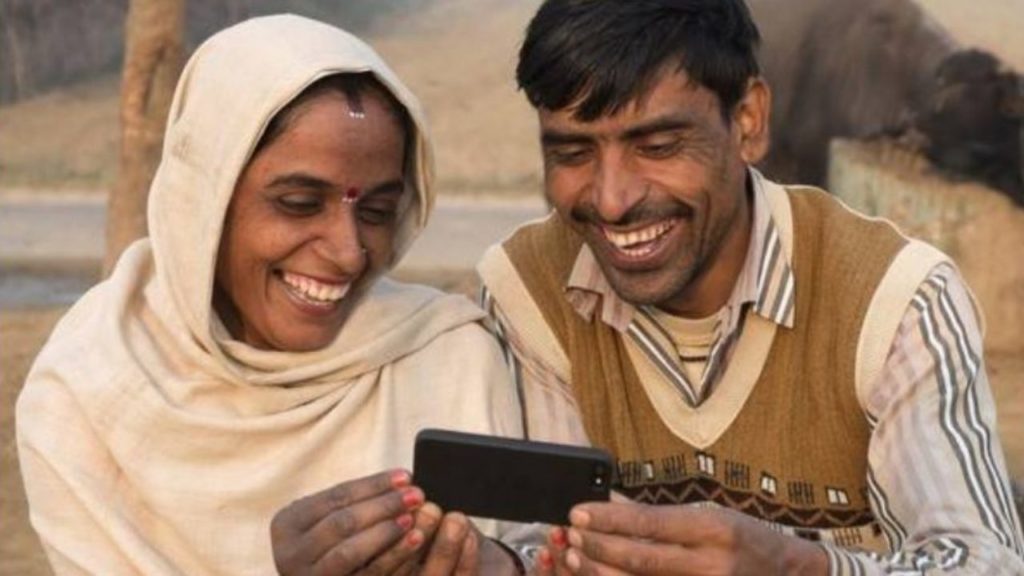45% Of All Smartphones Sold In India Are Via Online Portals; Flipkart, Xiaomi #1 Choice In India

According to a new survey, India’s online smartphone market reached its highest-ever share of 45 per cent in 2020, recording a seven per cent year-on-year increase in a pandemic-hit year.
Flipkart remained the most popular online marketplace, with 48% of the market share, followed by Amazon with 44%. According to Counterpoint Research, Amazon grew 34% year over year and was the fastest growing online marketplace.
Top Performing Online Brand
Xiaomi remained the top online brand with a 40 per cent market share driven by the Redmi as well as Poco brand smartphones. With 19 per cent, Samsung captured the second position in the Indian online smartphone market driven by the Galaxy M-series. Samsung captured more than one-third of shipments on Amazon.
realme was third in the online segment, also with a 19 per cent share. According to Counterpoint, realme remained the top smartphone brand on Flipkart in 2020, registering a growth of 27 per cent (on-year). Vivo captured the fourth position due to strong shipments of the Y91i, Y20 and V20 series.
“OnePlus was the top online premium smartphone brand on Amazon and captured the fifth position in the overall online smartphone market,” the report mentioned.
The top five brands in the online market captured more than 82 per cent of the total shipments. Realme and Poco were the top smartphone brands on Flipkart, capturing more than 50 per cent of the shipments on the platform.
The premium online smartphone market also registered 22 per cent (on-year) growth due to these strategies. Apple, OnePlus and Samsung drove this segment and contributed to almost 90 per cent of the shipments in this segment.
“Major online brands are adopting a hybrid channel strategy and expanding their offline stores. Also, as the smartphone brands move to a more ecosystem strategy and multiple devices, the focus will be on consumer experience, which will further grow the offline segment,” the findings showed.
Innovations such as O2O (online-to-offline) and financing schemes focusing on low-cost ownership and upgrades will also increase smartphone adoption in the country, the report added.
Exclusive Online-Only Drops For Smartphones
Most major brands have a tie-up with Amazon or Flipkart for launching their Smartphone’s online only. According to the All India Cell Phone Retailers Association (AIMRA), over 50,000 brick and mortar retail stores have closed in the last year and a half, leaving them in dire financial straits and displacing a significant number of people. In terms of revenue, he claims that sales for offline retailers have decreased by over 50% in the past five years.
“The pattern between the online platform and the manufacturer is that they launch exclusively online with better specs and innovations and at a lower price. They don’t let offline retailers have the handset. The customer will go where the technology and innovation are,” pointed out Arvinder Khurana, AIMRA head.
Vivo, Oppo, and Realme had previously stated that they will stop doing online-only releases in 2020. Sunil Baby, Xiaomi India’s director of offline sales operations, previously told the Economic Times that the company’s online and offline channels have the same costs.
In a report titled ‘Market Study on E-commerce in India: Key Findings and Observations,’ the CCI asked e-commerce companies to keep an eye on discounting, data collection, usage, and sharing, among other things, in December 2019.
In this pandemic as people were following the instructions given by the government for social distancing, a way to slow down the spread, there has been naturally a drop in brick-and-mortar shopping. One of the major reason why India’s online smartphone market reached its highest-ever share of 45 per cent in 2020.

Comments are closed, but trackbacks and pingbacks are open.